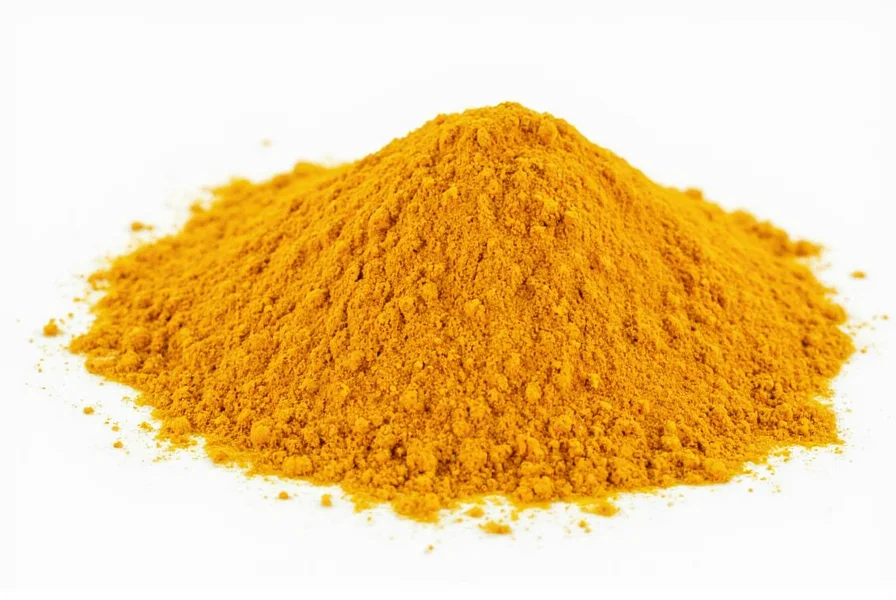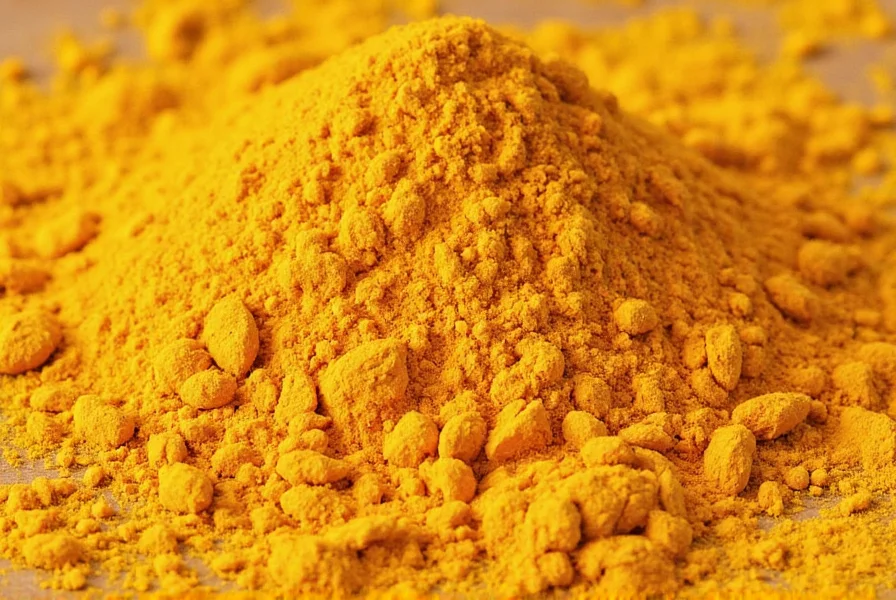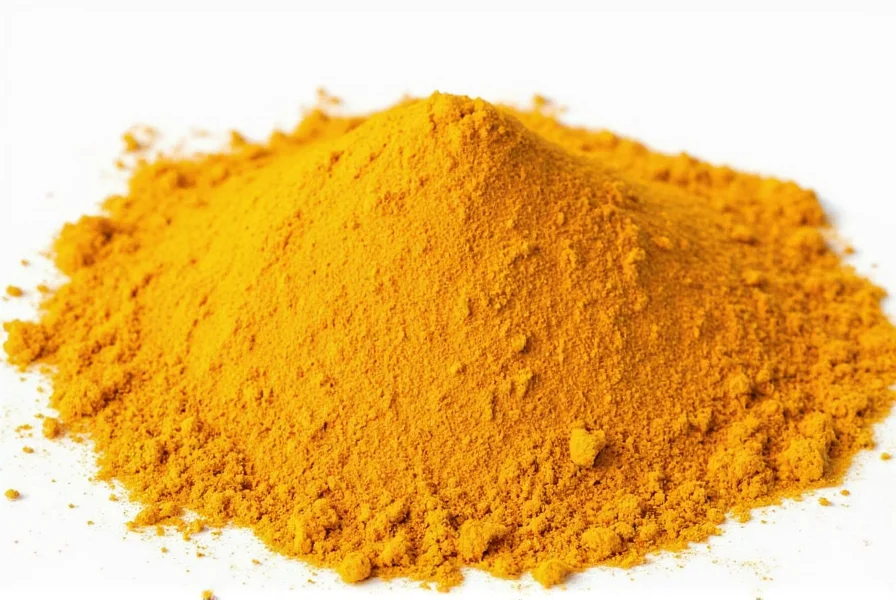Understanding Turmeric Powder: From Root to Spice Rack
Turmeric powder represents one of the world's most recognizable spices, transforming the knobby rhizomes of the Curcuma longa plant into a kitchen staple. The production process involves boiling, drying, and grinding fresh turmeric roots, resulting in the fine powder that delivers both visual appeal and distinctive flavor to countless dishes. Unlike fresh turmeric, which stains easily and has a shorter shelf life, powdered turmeric offers convenience and consistent potency for home cooks and professional chefs alike.

Culinary Characteristics and Applications
The flavor profile of turmeric powder combines earthy, slightly bitter notes with subtle peppery undertones and a hint of ginger-like warmth. When using turmeric powder in cooking, remember that a little goes a long way—typically just 1/4 to 1/2 teaspoon suffices for most four-person recipes. This spice works exceptionally well when combined with complementary spices like cumin, coriander, and black pepper, which can enhance both flavor and absorption of curcumin.
Chefs worldwide incorporate turmeric powder into diverse applications:
- Rice dishes: Adds golden color to biryanis and pilafs
- Soups and stews: Provides depth to broths and curries
- Marinades: Creates flavorful bases for meats and vegetables
- Vegetable dishes: Enhances roasted or sautéed vegetables
- Baked goods: Used in small amounts for golden-hued breads and crackers
| Application | Recommended Amount | Best Paired With |
|---|---|---|
| Curry base | 1-2 tsp | Cumin, coriander, ginger |
| Rice dishes | 1/2-1 tsp | Saffron, cardamom |
| Roasted vegetables | 1/2 tsp | Paprika, garlic powder |
| Smoothies | 1/4 tsp | Ginger, black pepper |
Selecting Quality Turmeric Powder
When choosing turmeric powder for cooking, look for these quality indicators for the best culinary experience. Vibrant golden-yellow color typically signals freshness and proper processing, while dull or orange-tinged powder may indicate age or adulteration. Reputable brands often provide information about origin, with Indian and Southeast Asian turmeric generally considered premium varieties for cooking.
Consider these factors when purchasing turmeric powder:
- Packaging date: Look for recently packaged products
- Color intensity: Should be bright yellow-orange
- Smell test: Fresh turmeric powder has a distinctive earthy aroma
- Ingredient list: Should contain only turmeric with no fillers
- Organic certification: Reduces concerns about pesticides and processing
Proper Storage Techniques for Maximum Freshness
Turmeric powder maintains its potency best when stored properly. Exposure to light, heat, and moisture significantly reduces both flavor and color quality over time. For optimal shelf life, store your turmeric powder in an airtight container away from direct sunlight and heat sources. The spice cabinet or a dark pantry shelf works perfectly for most home kitchens.
Follow these storage guidelines to extend turmeric powder's shelf life:
- Use opaque or dark-colored containers to block light
- Avoid storing near the stove or oven where temperatures fluctuate
- Keep away from humid areas like above the sink
- Never store in the refrigerator where moisture can accumulate
- Buy in smaller quantities if you don't use spices frequently
Properly stored turmeric powder typically maintains good quality for 1-2 years, though peak flavor occurs within the first 6-12 months after purchase. Discard powder that has significantly faded in color or lost its characteristic aroma.
Understanding Turmeric's Role in Cooking
Professional chefs and home cooks value turmeric powder primarily for its culinary contributions rather than health properties. The spice contributes both visual appeal and complex flavor to dishes, working particularly well when combined with fats like oil or coconut milk, which help distribute its compounds evenly throughout a dish.
When using turmeric powder in recipes, consider these professional techniques:
- Bloom the spice: Heat turmeric in oil for 30-60 seconds before adding other ingredients to enhance flavor release
- Combine with acid: Pair with lemon juice or vinegar to balance earthiness
- Add early: Incorporate at the beginning of cooking for deeper flavor integration
- Balance bitterness: Counter with small amounts of sweet ingredients when needed

Common Culinary Questions About Turmeric Powder
Many home cooks have practical questions about incorporating turmeric powder into their cooking routine. Understanding proper usage amounts, substitution options, and cooking techniques helps maximize this spice's culinary potential without overwhelming dishes with its distinctive flavor.











 浙公网安备
33010002000092号
浙公网安备
33010002000092号 浙B2-20120091-4
浙B2-20120091-4